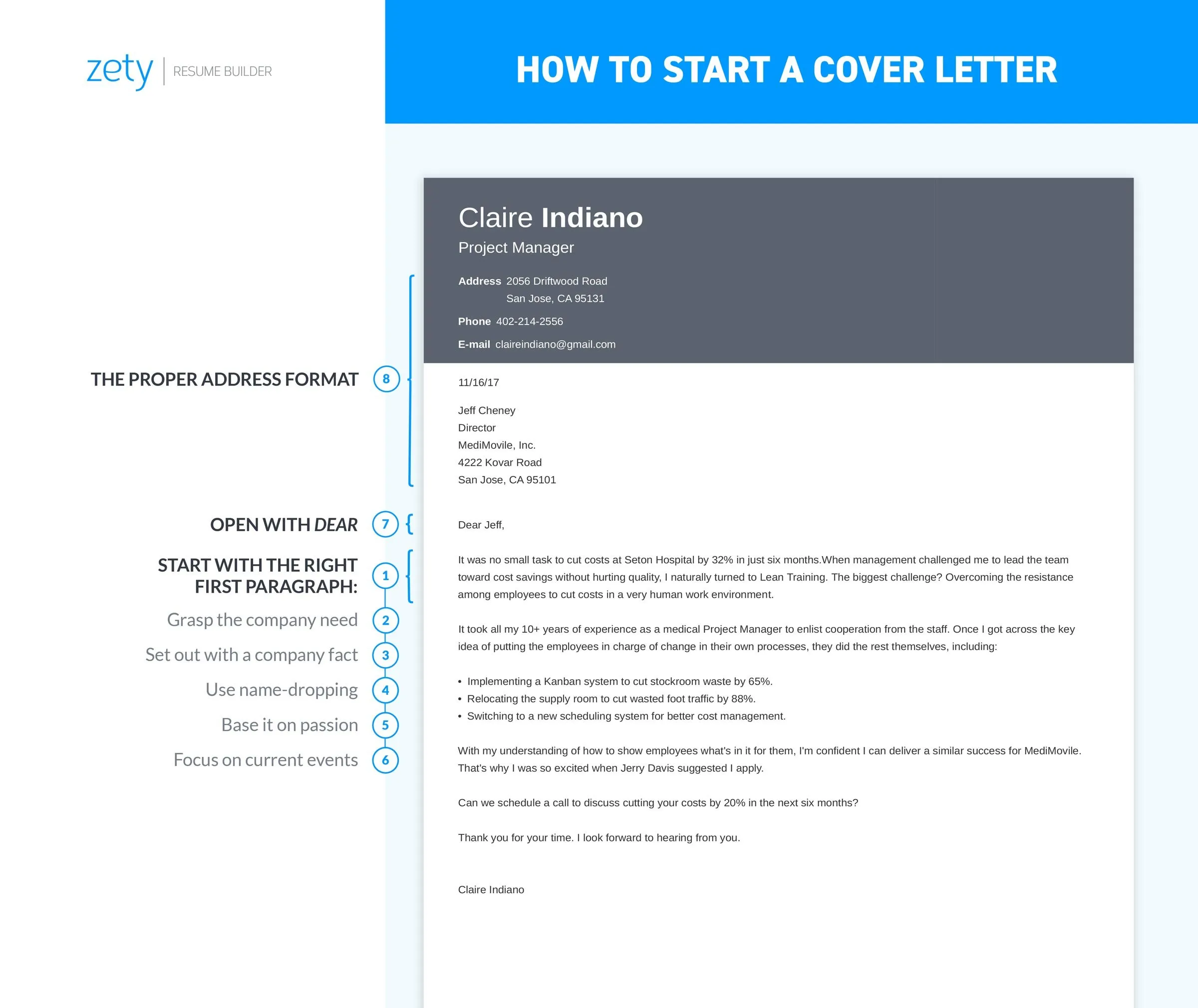Why Cover Letters Are Still Important
In today’s competitive job market, a cover letter is your initial handshake with a potential employer. While resumes provide a snapshot of your qualifications, a cover letter offers a crucial opportunity to showcase your personality, passion, and unique value proposition. Many job seekers underestimate the power of a well-crafted cover letter, believing that a strong resume is sufficient. However, a cover letter provides the context, narrative, and personalized touch that a resume often lacks, setting you apart from other candidates. It allows you to explain why you are the perfect fit for the specific role and company, something a generic resume cannot always achieve. Think of it as your chance to make a strong first impression and demonstrate why you should be considered for an interview.
Grabbing Attention From the Start
The opening of your cover letter is pivotal, it’s your chance to immediately capture the reader’s attention and compel them to read further. A weak or generic opening can lead to your application being overlooked before the reader even gets to your skills and experience. Your opening should be concise, engaging, and directly relevant to the job you’re applying for. Consider what makes you stand out from the crowd. What unique skills or experiences do you bring? Starting with a compelling statement, a specific achievement, or expressing genuine enthusiasm can immediately pique the hiring manager’s interest. Remember, the goal is to showcase why you are the best candidate for the job, so make that clear from the start.
The Power of a Strong Opening
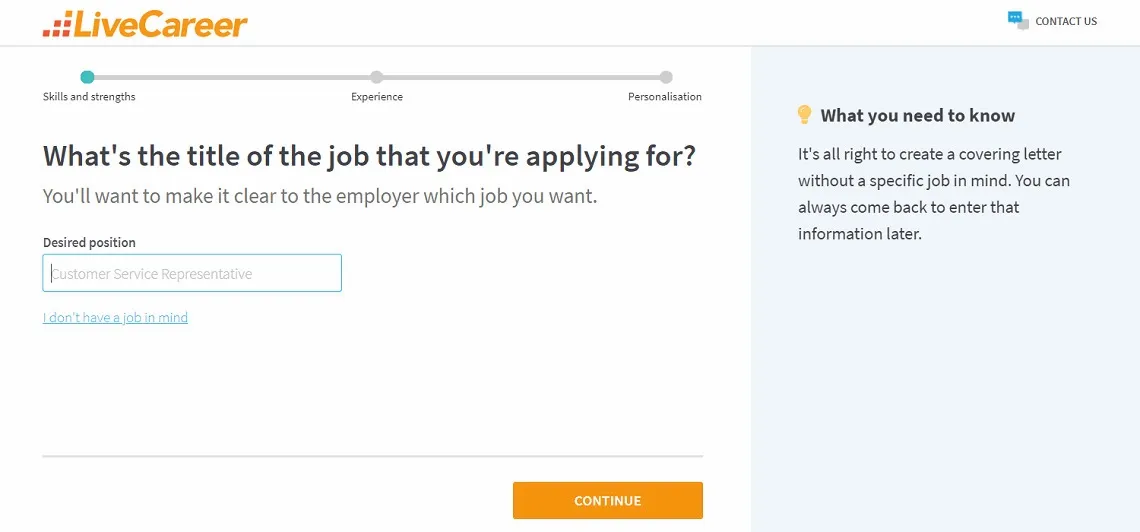
A strong opening creates a positive first impression and entices the reader to continue. It sets the tone for the entire letter and can significantly influence how your application is perceived. An effective opening should quickly establish your interest in the position and the company, and highlight the key aspects of your background that align with the job requirements. Avoid clichés or generic statements. Instead, focus on a specific skill, experience, or accomplishment that directly relates to the job description. This demonstrates that you’ve carefully read the job posting and are genuinely interested in the role. Always remember that the opening is your opportunity to highlight something unique that makes you the ideal candidate.
Tip 1 Tailor it to the Job Description
One of the biggest mistakes job seekers make is submitting a generic cover letter that isn’t tailored to the specific job they are applying for. Every job and every company is unique, and your cover letter should reflect that. Generic cover letters can appear impersonal, and lack the attention to detail. Take the time to carefully read the job description and identify the key requirements, skills, and experiences that the employer is looking for. Then, customize your cover letter to directly address these requirements. This shows the hiring manager that you’ve taken the time to understand the role and are genuinely interested in the opportunity. This personalized approach increases your chances of getting noticed and moving forward in the hiring process.
Understanding the Role and the Company
Before writing your cover letter, thoroughly research the company and the specific role. Understand the company’s mission, values, and culture. This information is readily available on the company’s website, social media profiles, and industry publications. Analyze the job description to identify the key responsibilities and required skills. Tailoring your cover letter requires you to show how your qualifications align with the company’s needs. This might include mentioning specific projects, using keywords from the job description, or highlighting experiences that directly relate to the role’s responsibilities. When you demonstrate that you understand the role and the company, you show the hiring manager that you’re not just applying for any job, but that you’re genuinely interested in this specific opportunity.
Highlighting Relevant Skills and Experiences
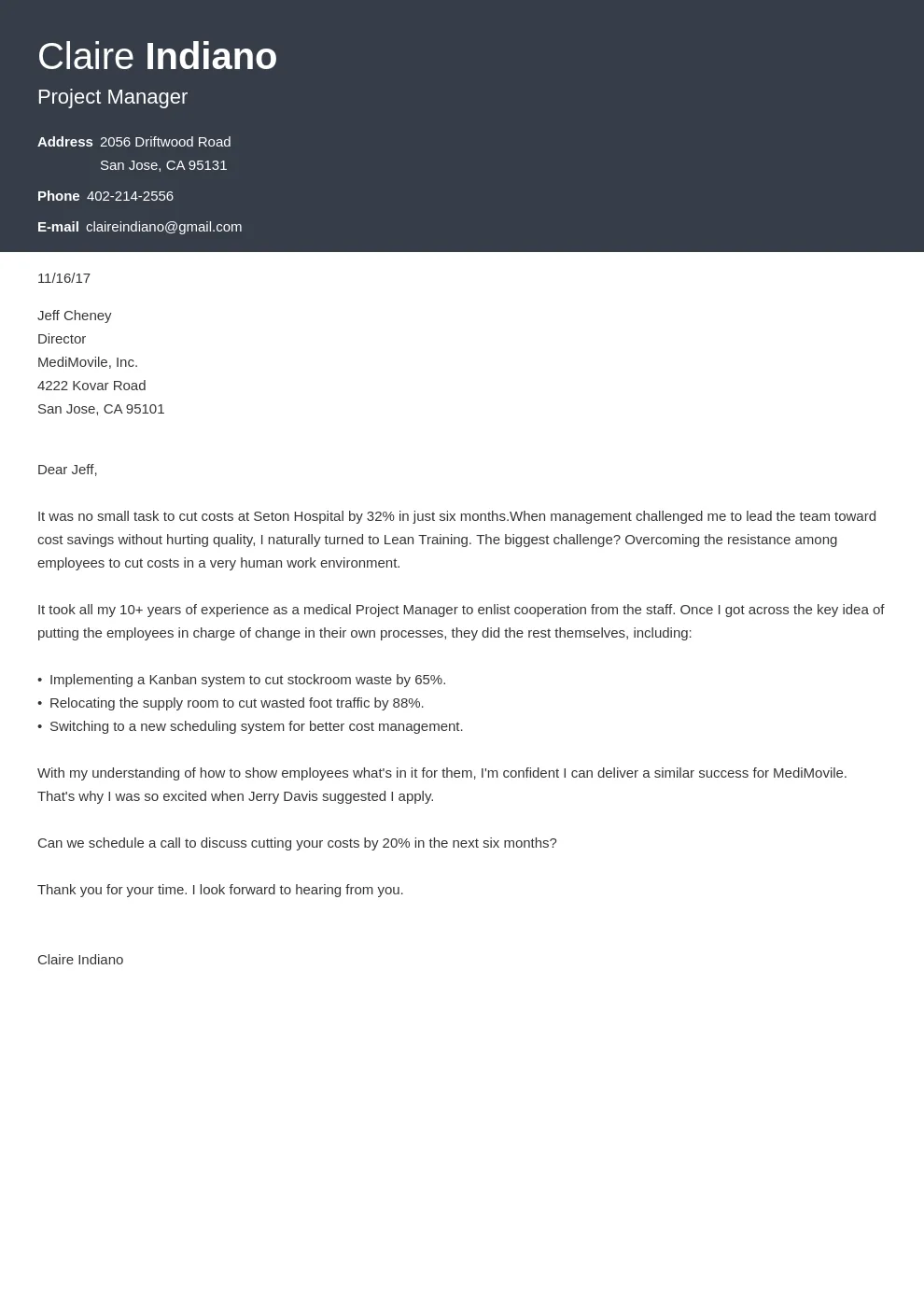
Once you understand the role and company, you can start highlighting the skills and experiences that make you the best fit for the job. Review your resume and identify the experiences that align with the job description’s requirements. Then, use your cover letter to elaborate on those experiences and demonstrate how they have prepared you for the role. Provide specific examples of how you’ve used your skills to achieve results in previous roles. Quantify your achievements whenever possible, using data and metrics to demonstrate the impact you’ve made. This shows potential employers not only that you possess the skills but also that you can apply them effectively in a professional setting, providing concrete examples. Make sure to include keywords from the job description.
Tip 2 Showcase Your Value Proposition
Your value proposition is the unique set of skills, experiences, and qualities that you bring to the table and differentiate you from other candidates. It’s essential that your cover letter clearly articulates your value proposition and why you are the ideal candidate for the job. This involves identifying your core strengths and matching them to the requirements of the role. You should emphasize how your skills can benefit the company, providing specific examples of how you have added value in previous roles. Whether it’s improving sales, streamlining processes, or leading a team, highlight the results you’ve achieved. By effectively showcasing your value proposition, you convince the hiring manager that you are the best investment and a valuable asset to the company.
Quantifying Achievements and Results
One of the most effective ways to showcase your value proposition is by quantifying your achievements and results. Whenever possible, provide specific data and metrics to demonstrate the impact of your work. For example, instead of saying you “increased sales,” say you “increased sales by 15% within six months.” Instead of saying you “managed a team,” mention the size of the team and any significant achievements. Quantifying your achievements provides concrete evidence of your abilities and demonstrates your value to the company. This shows hiring managers that you not only possess the skills but also that you can deliver results. Always use numbers whenever possible to give the context of your performance.
Demonstrating How You Can Solve Problems
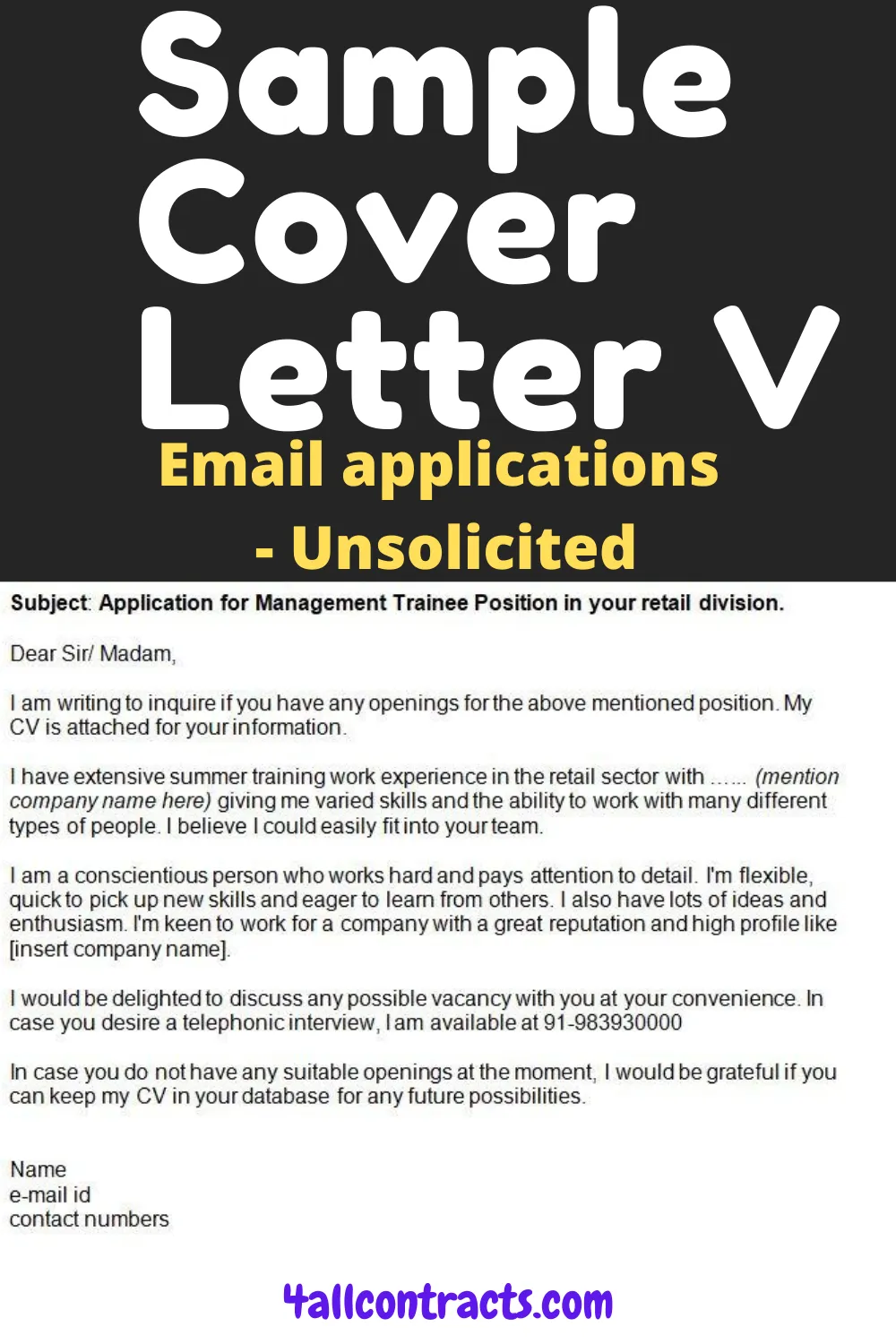
In your cover letter, show the hiring manager that you are a problem solver. Focus on the challenges you’ve faced and how you’ve overcome them. Providing examples of how you’ve identified problems, developed solutions, and implemented them successfully will significantly impress the employer. This could involve streamlining a process, resolving customer issues, or improving team performance. Focus on your ability to identify a problem, create solutions, and implement those solutions with the goal to show the company that you can contribute from day one. Be sure to use keywords from the job description to highlight the areas where your skills match the role’s requirements.
Tip 3 Use a Professional Tone
Your cover letter should always maintain a professional tone. This sets the right impression and shows the employer that you’re serious about the opportunity and understand workplace etiquette. The language you use should be formal, respectful, and appropriate for a professional setting. Avoid casual language, slang, or overly familiar expressions. While it’s important to showcase your personality, the focus should remain on your qualifications and suitability for the role. Keep your language clear, concise, and respectful. This will ensure that your message is well-received and that you are viewed as a serious candidate. A cover letter with professional tone can significantly improve your chances of getting noticed.
Avoiding Slang and Casual Language
Avoid using slang, colloquialisms, or overly casual language in your cover letter. Using casual language can make your cover letter seem unprofessional and may not be taken seriously. For example, instead of using phrases like “I’m a rockstar” or “I nailed it,” use more professional language that accurately reflects your skills and experiences. Maintain a formal tone and write in clear, concise sentences. Ensure that you use proper grammar, spelling, and punctuation. It’s vital to make a positive impression by being clear and correct, and avoiding anything that might make you seem unprofessional.
Proofreading for Errors
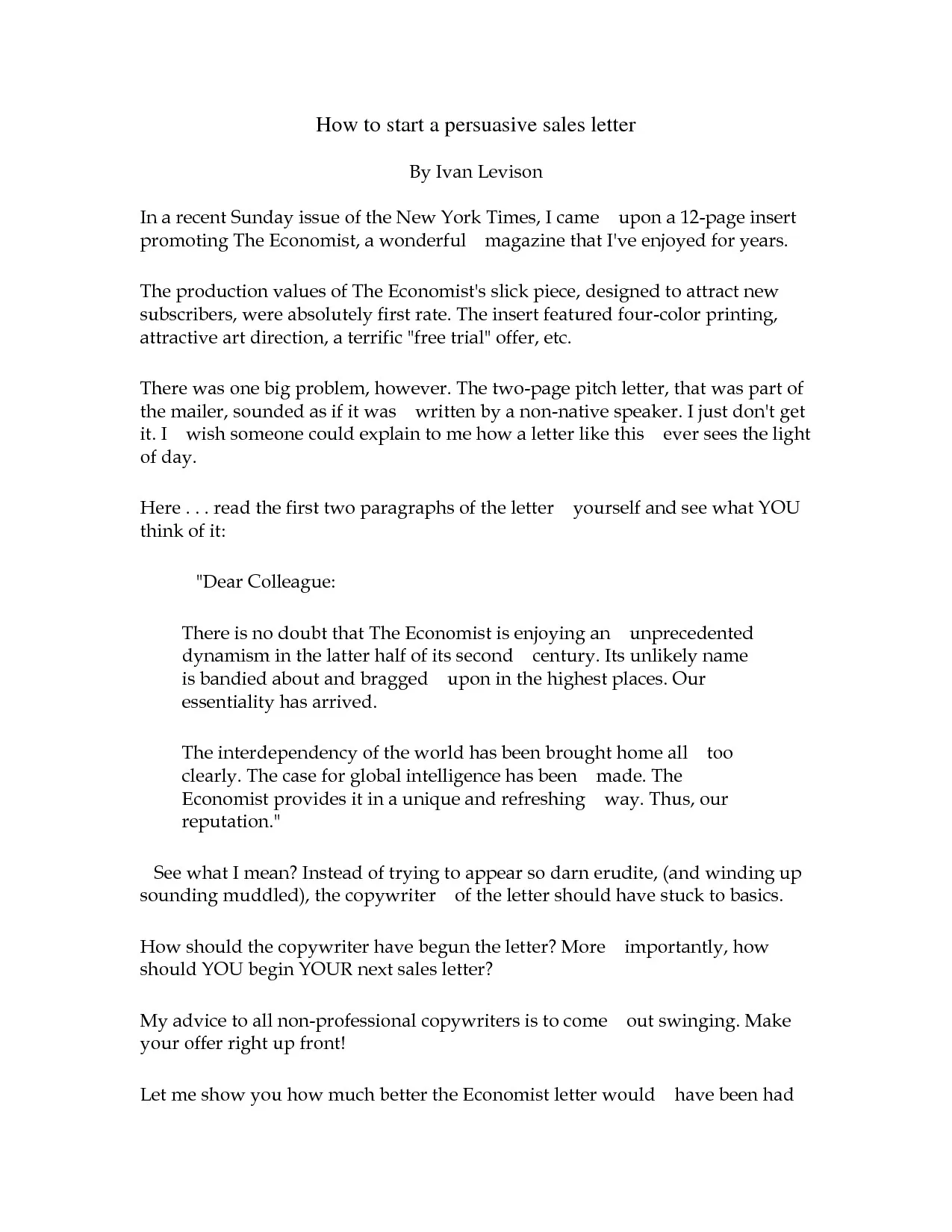
Always proofread your cover letter thoroughly before submitting it. Errors in grammar, spelling, or punctuation can damage your credibility and make you appear careless. Take the time to read through your letter multiple times. Use a spell checker, but don’t rely on it completely. Have someone else review your cover letter. A fresh pair of eyes can often catch errors that you might have missed. Proofreading ensures that your cover letter is polished and professional, demonstrating that you pay attention to detail and are committed to presenting your best self.
Tip 4 Keep it Concise and Focused
Hiring managers are busy people, and they often have a limited amount of time to review each cover letter. Therefore, it’s essential to keep your cover letter concise and focused. Aim for a one-page letter. The goal is to provide a clear, concise overview of your qualifications and why you are a good fit for the job. Avoid including unnecessary details or irrelevant information. Stick to the most important points that highlight your skills and experiences, and the value you can bring to the company. A concise cover letter shows that you value the reader’s time and can communicate effectively.
The Importance of Brevity
Brevity is key in cover letter writing. Your goal is to quickly convey your value proposition and convince the hiring manager to read your resume. Long, rambling cover letters can be overwhelming and may cause the reader to lose interest. Aim for a cover letter that is no more than one page. Use concise language, strong action verbs, and bullet points where appropriate to highlight your accomplishments. Get straight to the point and focus on the most relevant information. Keeping your cover letter brief and focused demonstrates your respect for the reader’s time and showcases your ability to communicate effectively and succinctly.
Structuring Your Cover Letter Effectively
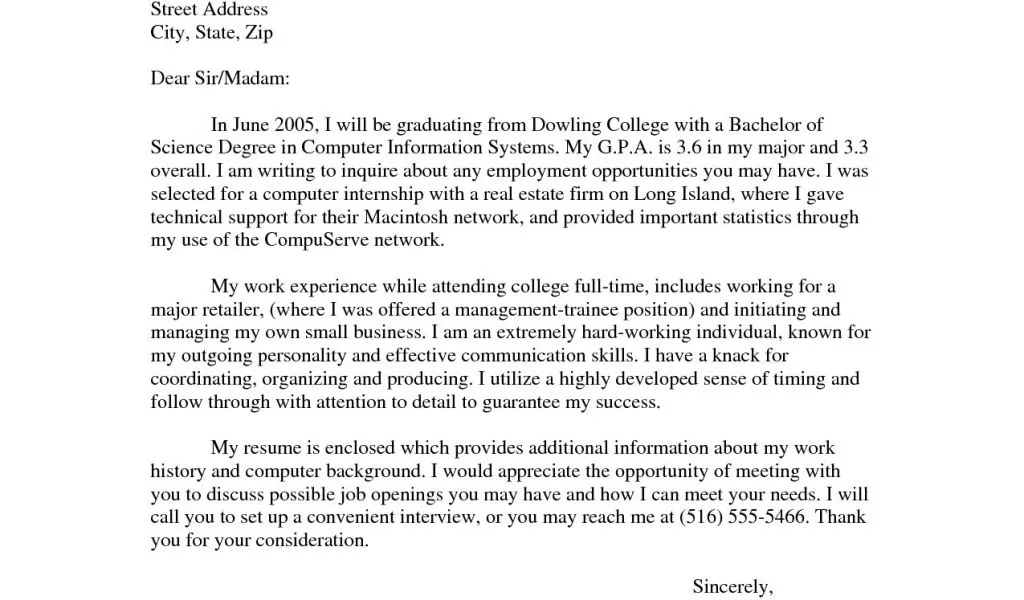
A well-structured cover letter is easier to read and more likely to hold the reader’s attention. Use a clear and logical structure to organize your content. Start with a compelling opening that grabs the reader’s attention. Follow with a few paragraphs that highlight your key skills and experiences, specifically addressing the requirements of the job description. In your closing, reiterate your interest in the position and include a call to action. Use headings, subheadings, and bullet points to break up the text and make it easier to scan. A well-structured cover letter is both informative and visually appealing, increasing your chances of making a positive impression. Always make sure your format is easy to read.
Tip 5 Make it Easy to Read and Scan
Hiring managers often scan cover letters quickly to determine if a candidate is a good fit. Make your cover letter easy to read and scan to ensure that your key information is noticed. Use clear fonts like Arial, Times New Roman, or Calibri, with a font size between 10 and 12 points. Use white space effectively to separate sections and make the text less dense. Use bullet points and short paragraphs to break up the text and highlight key information. A well-formatted cover letter shows attention to detail, and makes it easier for the hiring manager to quickly grasp your qualifications. Ensure that your cover letter is not only well-written but also visually appealing.
Using White Space and Formatting
Proper formatting is essential for a cover letter that is easy to read and scan. Use white space to separate sections and create visual breaks. Avoid large blocks of text, which can be intimidating and difficult to read. Use consistent formatting throughout your cover letter, including font, font size, and spacing. Use headings and subheadings to organize your content and make it easier for the reader to navigate. Consider using bullet points to highlight key accomplishments and skills. These elements help draw the reader’s eye to the most important information, increasing the likelihood that your qualifications will be noticed.
Highlighting Key Information
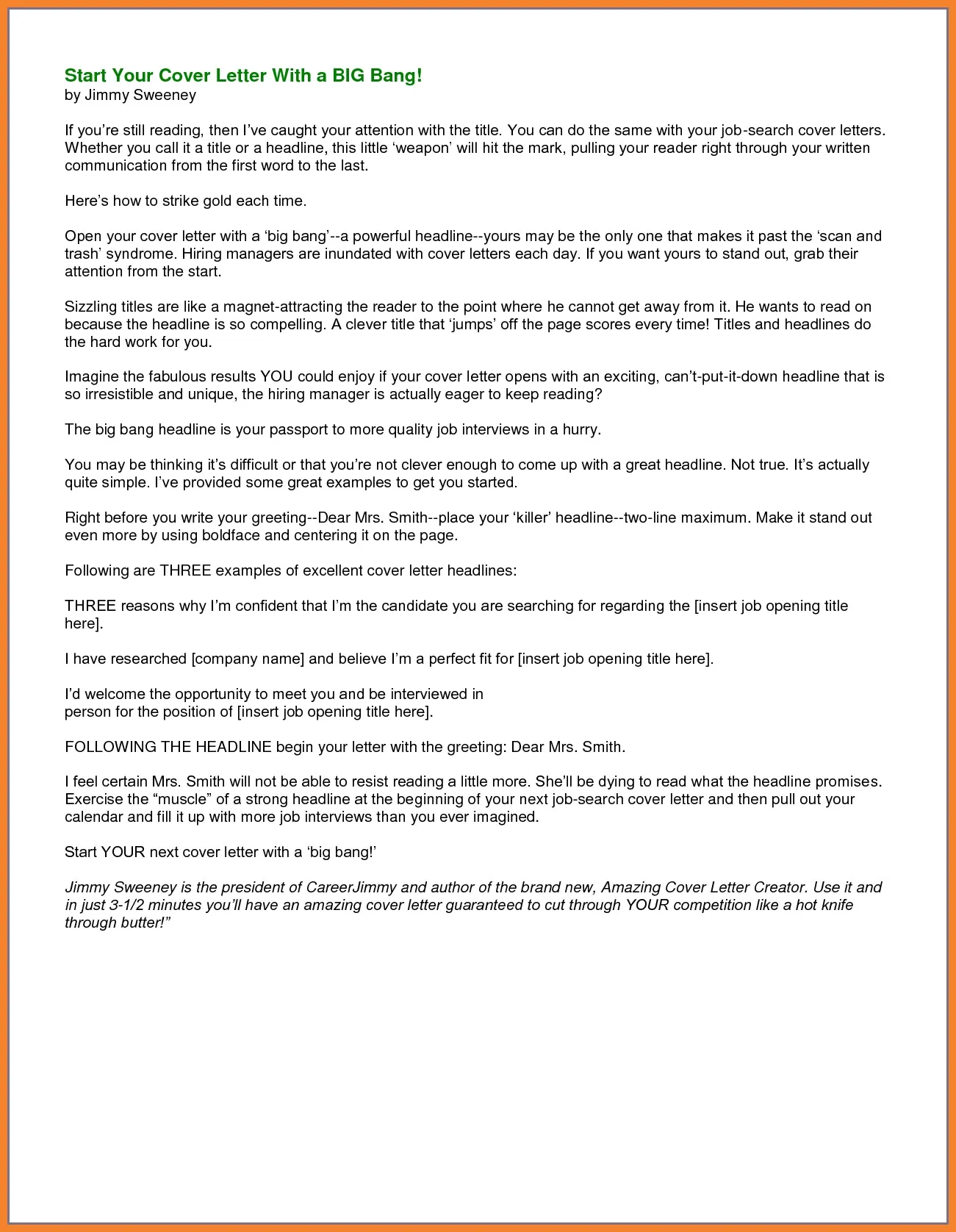
Highlighting key information is crucial in a cover letter. The hiring manager is looking for specific skills and experiences that match the job requirements, so you want to ensure that they can quickly identify these qualifications. Use bolding, italics, or underlining to emphasize important keywords, phrases, and accomplishments. However, use these formatting options sparingly. Focus on the key skills, accomplishments, and experiences that are most relevant to the job description. By strategically highlighting this information, you make it easier for the hiring manager to see how your qualifications align with the job requirements, helping your cover letter stand out from the crowd. Remember to use keywords from the job description.
Tip 6 Include a Compelling Call to Action
A call to action is a statement that prompts the reader to take a specific action. Your cover letter should always include a clear and compelling call to action. Express your interest in an interview and provide your contact information, making it easy for the hiring manager to reach you. By including a call to action, you make it clear that you’re serious about the job and encourage the hiring manager to take the next step in the hiring process. Consider including a brief sentence that expresses your enthusiasm and your eagerness to discuss your qualifications further. You can also mention that you are available for an interview at their earliest convenience.
Expressing Enthusiasm and Interest
In your cover letter, express genuine enthusiasm and interest in the role and the company. This shows the hiring manager that you are passionate about the opportunity and genuinely want the job. Use specific examples to demonstrate your enthusiasm. Refer to something in the company’s mission or values that resonates with you. Express your excitement about the role and your eagerness to contribute to the company’s success. Your enthusiasm and interest can make a lasting impression and set you apart from other candidates. Remember to convey your excitement for the opportunity.
Providing Contact Information
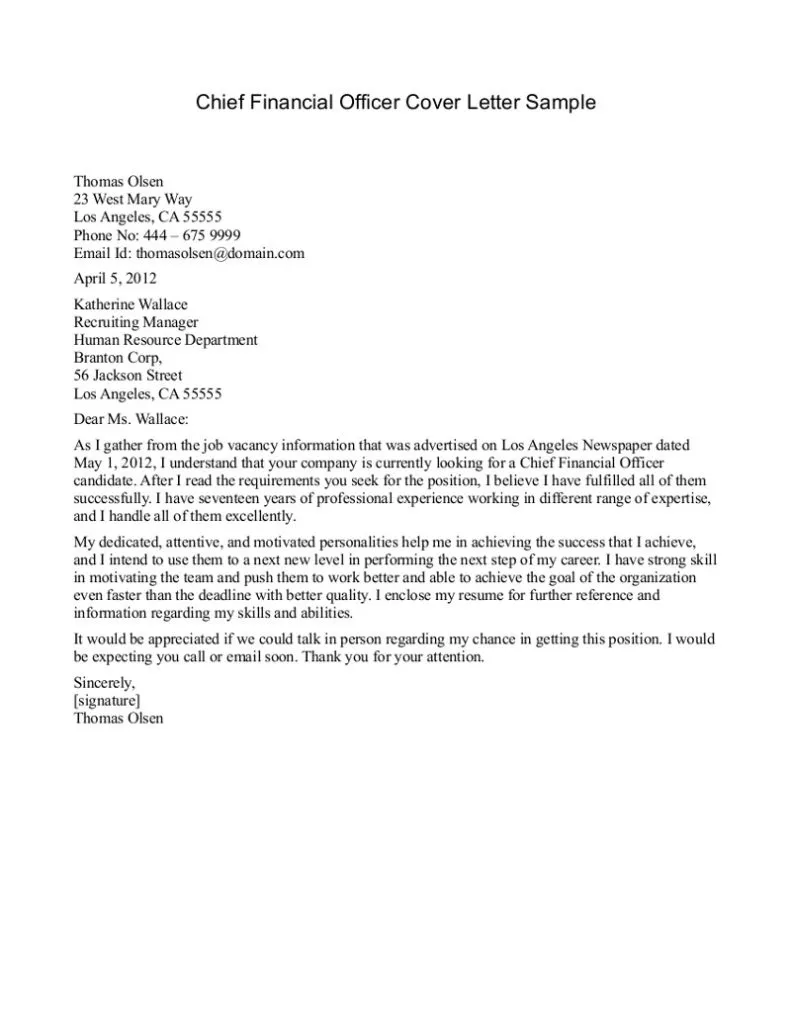
Make it easy for the hiring manager to contact you. Include your phone number and email address in your cover letter. Ensure that your contact information is accurate and up-to-date. Consider including a link to your LinkedIn profile or online portfolio if you have one. By providing your contact information, you simplify the hiring process and increase the likelihood that the hiring manager will reach out to you. You should include your contact information near the top of the cover letter and also repeat it in the closing, so the hiring manager can easily find your contact information.
Tip 7 Proofread Your Letter
Proofread your cover letter meticulously. Errors in grammar, spelling, and punctuation can undermine your credibility and make you appear unprofessional. Take the time to review your cover letter multiple times, checking for any errors. Use a spell checker, but don’t rely on it completely. Have someone else review your cover letter. A fresh pair of eyes can often catch errors that you might have missed. Proofreading demonstrates your attention to detail and commitment to presenting your best self, which can significantly increase your chances of getting an interview. Make sure that every detail in your cover letter is correct.
Checking Grammar and Spelling
Carefully check your cover letter for any grammatical or spelling errors. Use a grammar checker and a spell checker to identify potential mistakes. However, don’t rely solely on these tools. Read through your cover letter multiple times, paying close attention to each word and sentence. Ensure that your sentences are clear and concise, and that your grammar is correct. Correct any spelling errors, typos, or incorrect word choices. Ensure that all punctuation marks are used correctly and consistently. A cover letter free of errors demonstrates professionalism and attention to detail, which can make a great first impression.
Getting a Second Opinion
Before submitting your cover letter, get a second opinion. Ask a friend, family member, or career advisor to review your cover letter for any errors, inconsistencies, or areas for improvement. A fresh pair of eyes can often catch mistakes that you might have missed. They can also provide feedback on the clarity, tone, and effectiveness of your cover letter. Consider asking them to assess whether your cover letter is tailored to the specific job description, whether it highlights your value proposition, and whether it includes a compelling call to action. Their feedback will help you polish your cover letter and increase your chances of getting noticed. Having a second opinion will improve the effectiveness of your cover letter.
Conclusion
Writing an effective cover letter is an essential step in the job application process. A well-crafted cover letter provides an opportunity to showcase your personality, passion, and unique value proposition. By following these seven key tips, you can create a cover letter that captures the reader’s attention, highlights your qualifications, and increases your chances of landing an interview. Remember to tailor your cover letter to each job, showcase your value, maintain a professional tone, keep it concise and focused, make it easy to read and scan, include a call to action, and always proofread. Use these cover letter secrets and get ready to begin your next chapter, and take a step closer to your dream job. Good luck in your job search!
